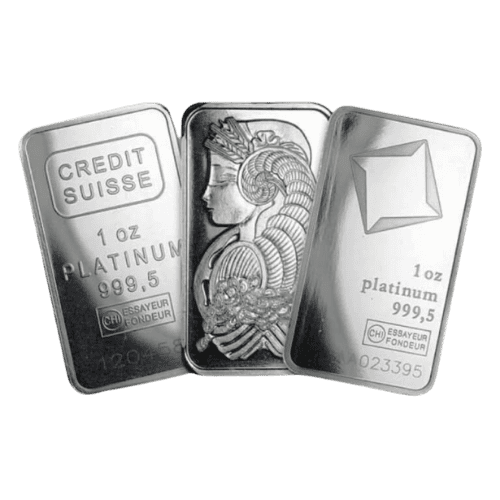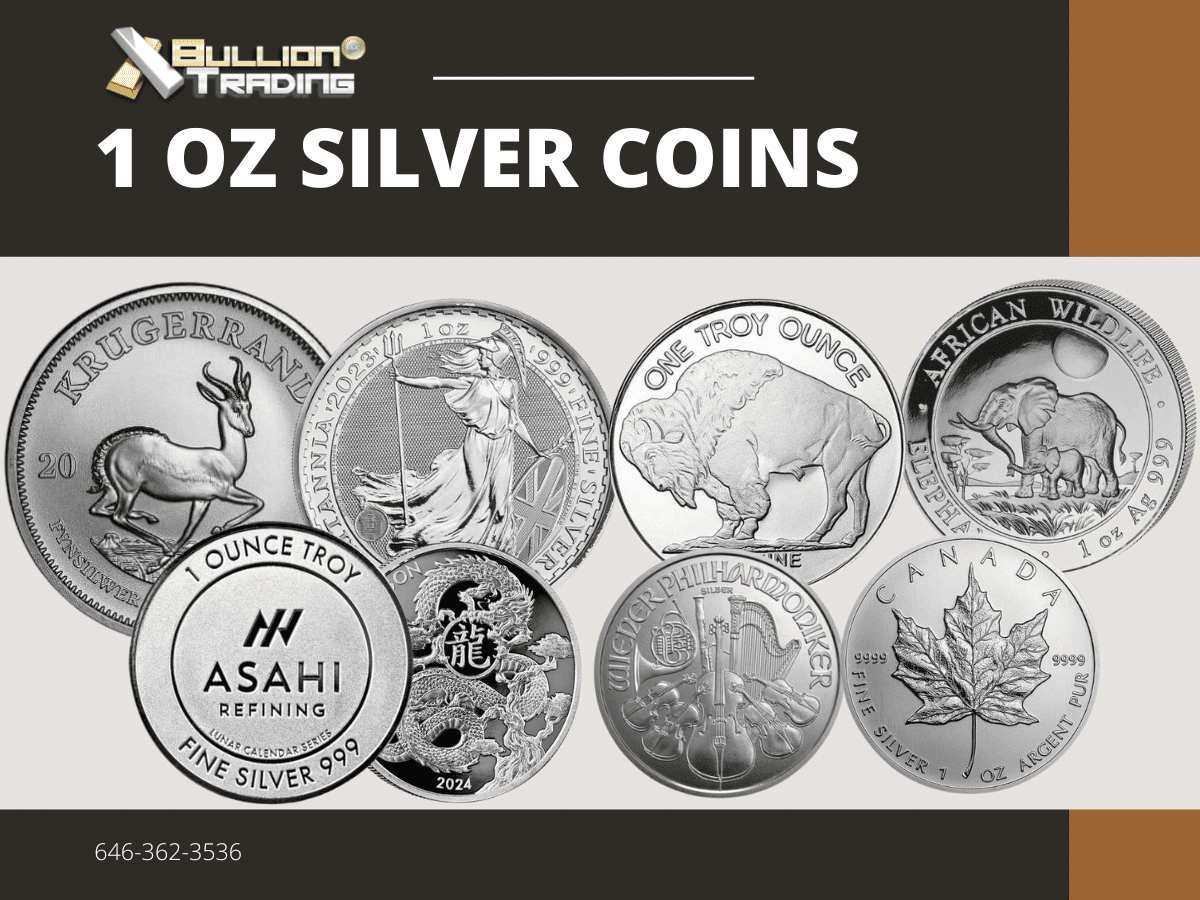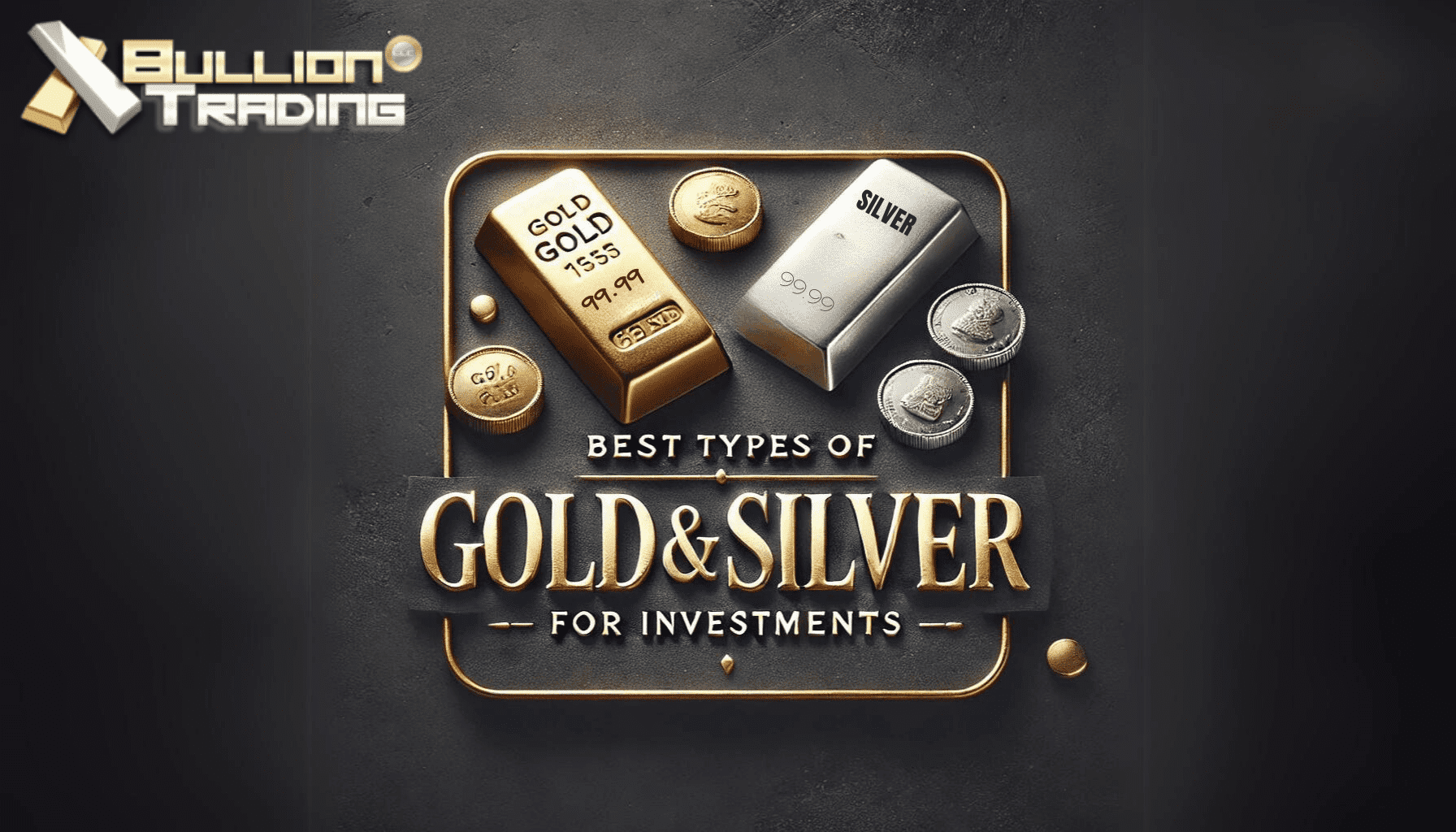Investing in precious metals is a prudent choice for those looking to diversify their asset portfolio, hedge against inflation, and safeguard their wealth against economic uncertainties. Gold and silver, the two primary precious metals discussed in this context, each exhibit unique qualities that make them attractive to different types of investors.
Why Invest in Gold?
Gold has stood the test of time as the ultimate store of value. Here are some compelling reasons to invest in gold:
-
Historical Success: Gold is the only form of money that has never failed in its 5,000-year history of usage by mankind. This historical performance establishes gold as the most reliable form of money.
-
Scarcity: There is only enough investment-grade gold available to provide each person on Earth with merely one-third of an ounce. This scarcity can drive demand and value higher.
-
Crisis Hedge: During periods of crisis, gold remains the safest investment with potential for value increase. It’s often revalued to account for excess currency in circulation.
-
Anonymity and Portability: Gold can be a private and portable form of wealth, making it a suitable choice for those looking for discreet investment options.
Why Invest in Silver?
Silver, often referred to as “poor man’s gold,” provides a cost-effective entry point for new investors and offers distinct advantages:
-
Supply Constraints: There is currently less investment-grade silver available than gold, with enough supply for every person to have only 3 ounces given that only 777 million kg of silver remains in metal form.
-
Wide Applications: Silver is second only to oil in its range of applications, being critical in industrial uses due to its electrical conductivity, thermal resistance, and reflective properties.
-
Potential for Explosive Growth: Historical silver-to-gold ratios suggest a significant potential for silver price increments. The current ratio is much higher than historical averages, indicating room for silver’s value to rise substantially should the ratio correct.
Key Considerations for Investing
Define Your Investment Goals
Before diving into precious metals, it’s crucial to outline your investment goals. Are you aiming to protect against inflation, diversify your portfolio, or secure tangible, private assets? Your objective will influence whether you lean more towards gold, silver, or a combination of both.
Physical vs. Non-Physical Metals
Most investors prefer physical metals over non-physical forms such as ETFs and mutual funds because physical metals provide a tangible asset you can hold. Non-physical investments are subject to market and economic fluctuations, whereas physical metals historically maintain value over time.
Best Types of Gold and Silver for Investment
When it comes to investing in gold and silver, the form of the metal can significantly impact its utility and liquidity.
Government-Produced Coins vs. Private Mint Rounds
Government-produced bullion coins such as American Gold Eagles or Canadian Silver Maple Leafs come with guarantees of weight and purity from the issuing government, making them widely recognized and trusted. Though slightly pricier due to their brand recognition and guaranteed purity, these coins are easier to trade and can command better premiums when selling.
Private mint rounds may be cheaper but lack the immediate recognition and guarantees that come with government coins. They are best for investors looking to maximize the amount of metal they can purchase for their budget.
Bars vs. Coins
Gold Bars: Gold bars offer a lower premium over spot price compared to coins, making them a cost-effective investment for those purchasing larger quantities. They are excellent for storing significant value in a compact form.
Silver Bars: Similarly, silver bars, especially larger ones, can be acquired at lower premiums. However, they require substantial storage space compared to gold.
Numismatic Coins: While not typically recommended for new investors due to their higher premiums (based on rarity, age, and condition), numismatic coins can be a worthwhile investment for those with specific knowledge or interest in coin collecting.
Junk Silver: Pre-1965 U.S. coins (dimes, quarters, half-dollars) are composed of 90% silver and are an affordable way to start investing in silver. They are widely recognizable and divisible, making them practical for smaller transactions.
Conclusions
Investing in gold and silver can be tailored to suit different financial goals and budgets. Gold offers stability and compact wealth storage, while silver provides greater growth potential and affordability. Understanding the types of gold and silver products available, from government-issued coins to bars and rounds, can help investors make informed decisions.
Be sure to align your investments with your overall financial strategy, keeping in mind storage considerations for physical metals and the implications of market dynamics on both gold and silver prices. The key is to start with a thoughtful approach and diversify as needed to protect and grow your wealth effectively
Why Consider Investing in Gold?
Gold has been historically reliable as a form of money, evidencing its never-failing status over 5,000 years. It has a limited supply, with only enough investment-grade gold available to allocate one-third of an ounce to every person on Earth. Additionally, gold serves as a crisis hedge and a portable, private form of wealth
Why Consider Investing in Silver?
Silver, known as the “miracle metal,” has less investment-grade availability compared to gold. It is essential for various industrial uses due to its electrical conductivity, thermal resistance, and reflective properties. Historically, silver has shown a significant potential for price growth relative to gold due to its silver-to-gold ratio, which has averaged 16:1 but is presently much higher
What is the Silver-to-Gold Ratio?
This ratio historically averaged around 12:1 to 16:1, meaning it took 12 to 16 ounces of silver to equal the value of one ounce of gold. The current ratio is about 78:1, indicating a higher potential for silver’s price to increase if the ratio corrects to historical averages
Should I Buy Physical or Non-Physical Metals?
Physical metals are recommended because they hold intrinsic value and are less susceptible to market fluctuations affecting non-physical investments like mutual funds and ETFs. Non-physical investments, while convenient, do not provide the tangible value that physical metals offer
What Are the Risks of Counterfeit Metals?
Counterfeit precious metals are becoming increasingly sophisticated, often targeting smaller dealers. It’s crucial to purchase metals from reputable dealers to avoid the risk of acquiring counterfeit products. Serious counterfeit detection capabilities and knowledge about the seller are necessary precautions.





